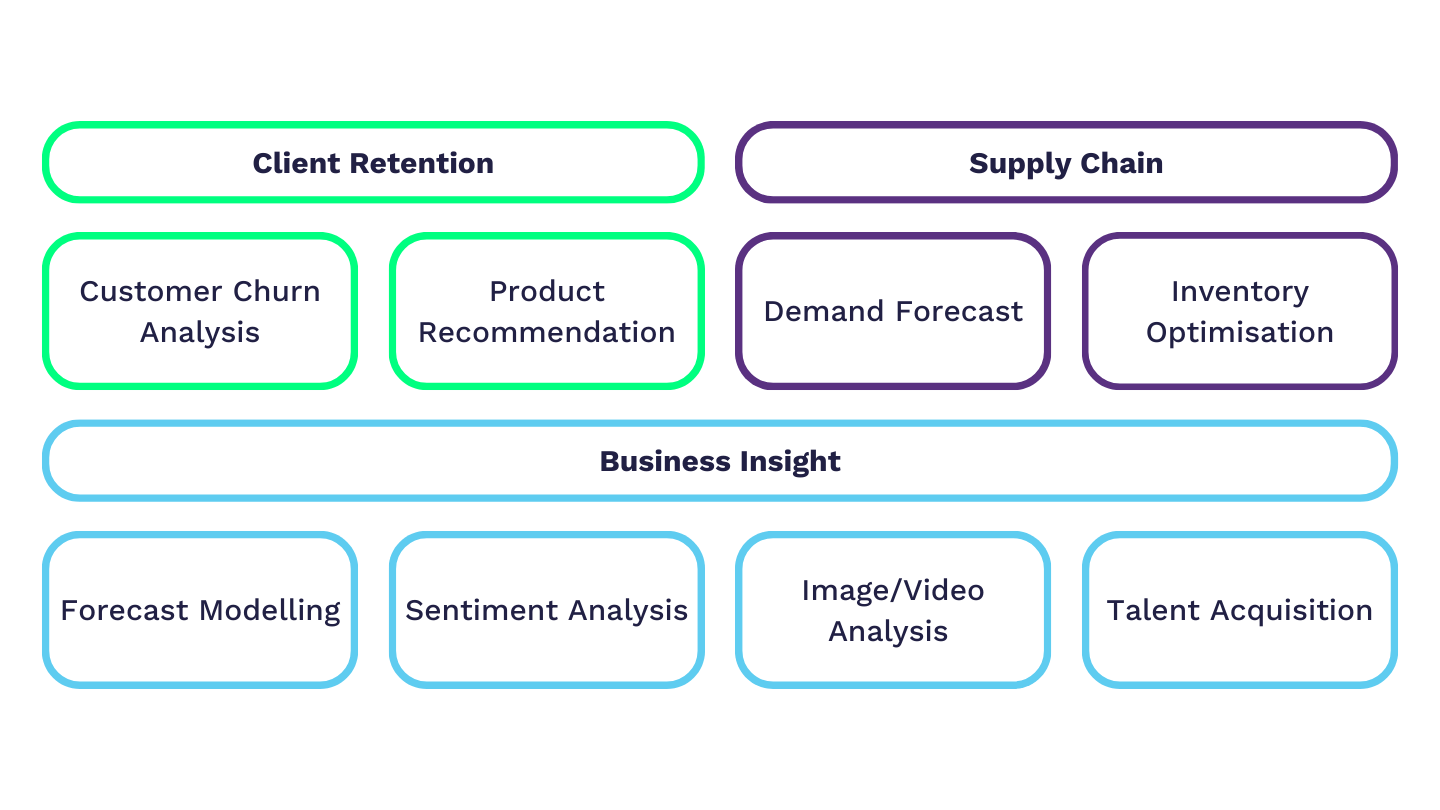In today’s data-driven world, businesses are constantly seeking innovative ways to extract valuable insights from their data to make informed decisions. Azure, Microsoft’s cloud platform, offers a powerful suite of tools for data analytics and machine learning. In this blog post, we’ll explore how Azure Machine Learning integrates seamlessly with the Azure analytics platform, enabling organisations to unlock the full potential of their data.
Azure Machine Learning: Elevating Data Analytics
Azure Machine Learning is a key component of the Azure ecosystem, designed specifically for building, training, and deploying machine learning models. Here’s how Azure Machine Learning seamlessly integrates with the Azure analytics platform:
Data Ingestion and Preparation
One of the critical steps in any data analytics project is data preparation. Azure Machine Learning allows data scientists and analysts to ingest data from various Azure services, databases, and external sources. This integration ensures that the data required for training machine learning models is readily available within the analytics environment.
Data Transformation and Feature Engineering**: Azure Machine Learning provides a wide array of data transformation and feature engineering capabilities. These tools enable users to clean, preprocess, and engineer features from raw data, making it suitable for machine learning. By integrating with Azure Analytics services, this streamlined data preparation process becomes an integral part of the broader data analytics workflow.
Model Training and Experimentation
Azure Machine Learning offers a collaborative environment for data scientists to build and train machine learning models. The integration with Azure analytics tools means that data scientists can leverage the power of big data platforms like Azure Databricks and Azure Synapse Analytics to train models on large datasets efficiently. It also provides a number of low code entry points to enable faster feasibility testing and building of new models.
Model Deployment and Monitoring
Once a machine learning model is trained, Azure Machine Learning allows for seamless deployment as a web service or container. This deployed model can be integrated into Azure analytics pipelines to automate predictions and insights generation. Additionally, Azure Monitor can be used to continuously monitor model performance and retrain it when necessary.
Data Visualisation and Reporting
Azure Power BI, a popular data visualization tool, can be integrated with Azure Machine Learning to create interactive dashboards and reports that showcase machine learning insights. This integration helps business users access and understand the results of machine learning models in a user-friendly manner.
Scalability and Efficiency
Azure’s cloud infrastructure provides the scalability and efficiency required for both data analytics and machine learning workloads. Users can easily scale resources up or down based on demand, optimizing costs and performance.
Key considerations
Azure machine learning fits snuggly alongside the existing analytics platform and is an easy enhancement to add without requiring any complex architecture changes. It can supplement the existing platform and be deployed alongside existing resources. It is a powerful tool.
The analytics platform is designed to conform all the disparate business source systems into a single place and by integrating azure ML into this platform, the organisations data scientists and ML engineers can take full advantage of this. Allowing them to get straight down to adding value without sourcing the data themselves.
Azure ML also provides a number of inbuilt tools, and low code approaches which can help provide an easier entry point for people with less experience in this area to start being productive quickly. It makes it very easy to get a model to production. However, with this interactive experience the list of built in algorithms is not exhaustive and for more complex use cases, writing code might still be required.
It is a pattern we’re starting to see used more and more throughout our consulting engagements, with clients wanting to add ML capabilities into their analytics platforms to augment their reporting and allow them to make smarter, data driven decisions to carry them forward into the future. It is a great entry point for starting on the journey up the analytics curve.
Most common use cases
 In Summary
In Summary
Azure Machine Learning’s tight integration with the Azure analytics platform creates a synergy that empowers organizations to harness the full potential of their data. This integrated approach streamlines data preparation, model training, deployment, and monitoring, ultimately leading to more accurate predictions, faster insights, and data-driven decision-making.
By combining the capabilities of Azure Machine Learning with Azure Analytics, businesses can stay at the forefront of data-driven innovation, uncover hidden patterns in their data, and gain a competitive edge in today’s rapidly evolving market. Whether it’s predictive maintenance, customer churn analysis, or recommendation engines, Azure’s unified ecosystem offers the tools and capabilities needed to turn data into actionable insights.
Helpful Resources
Microsoft Learn: Get Started with Azure Machine Learning
Microsoft Learn Training: End-to-end machine learning operations (MLOps) with Azure Machine Learning